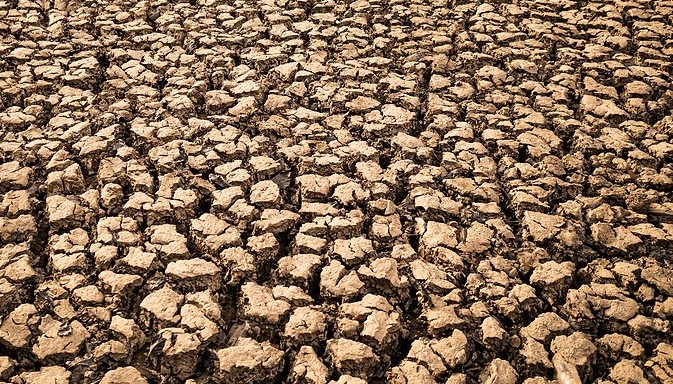News
‘Inadequate’ Water Access For 5 Billion By 2050
The first State of Global Water Resources report from the World Meteorological Organization (WMO), published at the end of November, has revealed that large parts of the world saw drier than normal conditions last year… and it is now expected that over five billion people will face inadequate access to water at least one month per year by 2050.
In 2021, precipitation patterns were influenced by climate change and La Nina (where surface ocean waters are cooled along the tropical west coast of South America, characterised by warmer and drier conditions in the south and wetter and colder conditions in the north).
This initial edition of the report looks at streamflow, providing insights into hotspots for changes in freshwater storage and emphasising how essential – and how vulnerable – the cryosphere (snow and ice) is.
Petteri Taalas, WMO secretary-general, said: “The impacts of climate change are often felt through water – more intense and frequent droughts, more extreme flooding, more erratic seasonal rainfall and accelerated melting of glaciers, with cascading effects on economies, ecosystems and all aspects of our daily lives.
“And yet, there is insufficient understanding of changes in the distribution, quantity and quality of freshwater resources. The State of Global Water Resources report aims to fill the knowledge gap and provide a concise overview of water availability in different parts of the world.
“This will inform climate adaptation and mitigation investments, as well as the United Nations campaign to provide universal access in the next five years to early warnings of hazards such as floods and droughts.”
Streamflow
When compared against the average of the 30-hydrological base period, large parts of the globe saw drier than normal conditions last year.
In Africa, for example, rivers like the Congo, Nile, Volta and the Niger had less than normal discharge. Similar stories were also seen in the Colorado, Missouri and Mississippi river basins in the US, as well as in the Rio de la Plata area of South America, which has been hit by persistent drought since 2019.
In contrast, above normal river discharge was seen in some basins in the US, as well as the North Amazon and southern Africa, as well as northern India and China.
Significant flood events were also seen in northern India, western Europe and China’s Henan Province, while regional drought over several consecutive years has been affecting Somalia, Kenya and Ethiopia.
Terrestrial water storage
The report also assesses terrestrial water storage, which is all the water on the land surface and in the subsurface. Last year, this was classified as below normal on the US west coast, as well as the central region of South America, Patagonia, North Africa and Madagascar, Pakistan, North India, Central Asia and the Middle East.
Meanwhile, in the central part of Africa it was above normal, as well as in the Amazon basin and the northern part of China.
Some of the hotspots identified were affected by over-abstraction of groundwater for irrigation, while places like Alaska, Patagonia and the Himalayas were exacerbated by the melting of snow and ice.
Are you considering business water saving strategies at the moment? Get in touch with H2o Building Services today to see how we can help.
